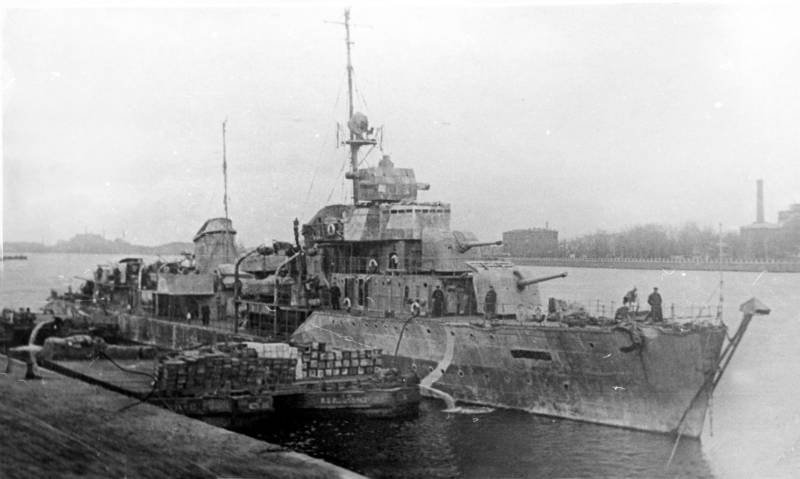Russian historian talks about the confrontation between the Red Banner Baltic Fleet and the "Narva patrol"

After the final lifting of the blockade of Leningrad, Soviet troops began to advance to the West. Meanwhile, the enemy, located in fortified positions, managed to stop the advance of the Red Army near the city of Narva.
In this situation, the most logical option for the Red Army was to overcome the existing "positional impasse" by landing an amphibious assault. Naturally, the command of the Wehrmacht also understood this.
As a result, in order to cover the flank of his army from a strike from the sea, the enemy updated and supplemented the minefields in the Narva Bay, and also engaged in strengthening the ship grouping, the so-called "Narva patrol".
However, if before that the strengthening of the Wehrmacht ship grouping was more of a declarative nature, then after the landing of the Soviet amphibious assault in the Mereküla area, the German troops thoroughly increased the power of the “Narva patrol”.
As a result, already on the first of March 1, the German consolidated flotilla in the Narva Bay it consisted of the 1st minesweeper flotilla and the 17th patrol ship flotilla, which were then joined by part of the 25th and 1st minesweeper flotillas, and even later by landing artillery barges.
Due to the presence of a minefield, the ships of the Red Banner Baltic Fleet of the Red Army did not have the opportunity to engage in battle with the "Narva patrol". As a result, the task of combating the aforementioned Wehrmacht flotillas was entrusted to Aviation.
The 12th Guards Dive Bomber Regiment, the 21st Fighter Regiment, and the 1st Guards Mine Torpedo Regiment joined the operation from time to time to fight the "Narva patrol".
Throughout March and early April 1944, there were local clashes between the Air Force of the Red Banner Baltic Fleet and the ships of the Narva Patrol. However, everything changed on April 10, when the KBF Air Force inflicted significant damage on the German fleet.
The Russian historian Andrey Latkin tells in detail about what happened that day:
Information